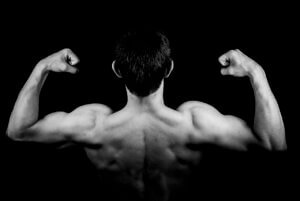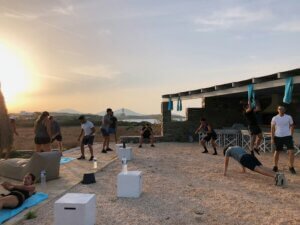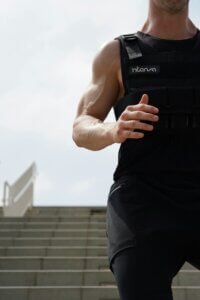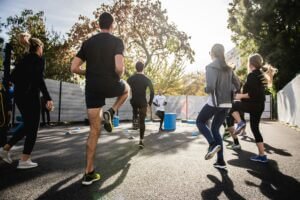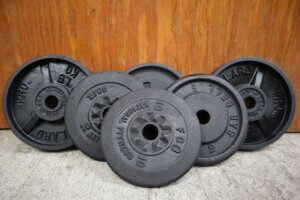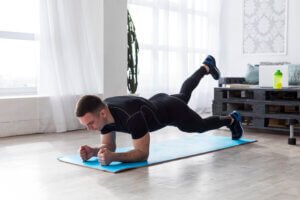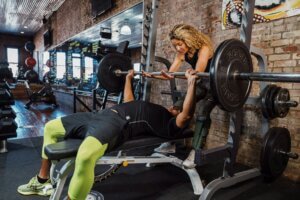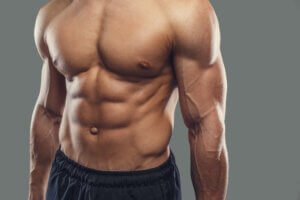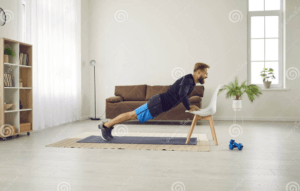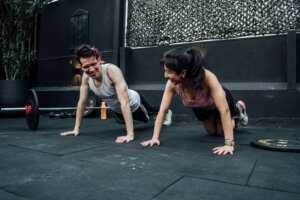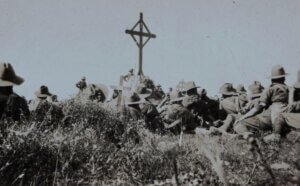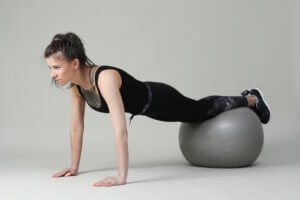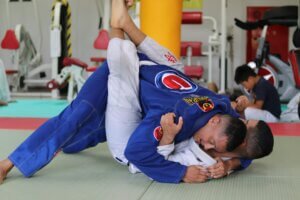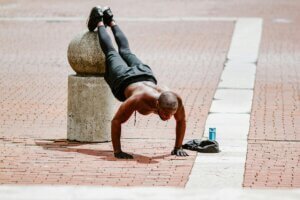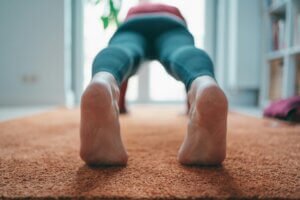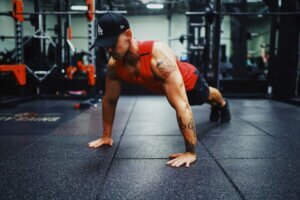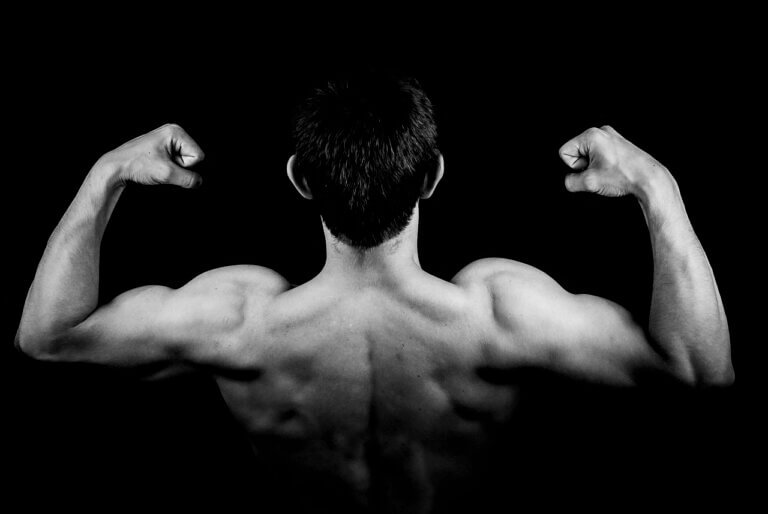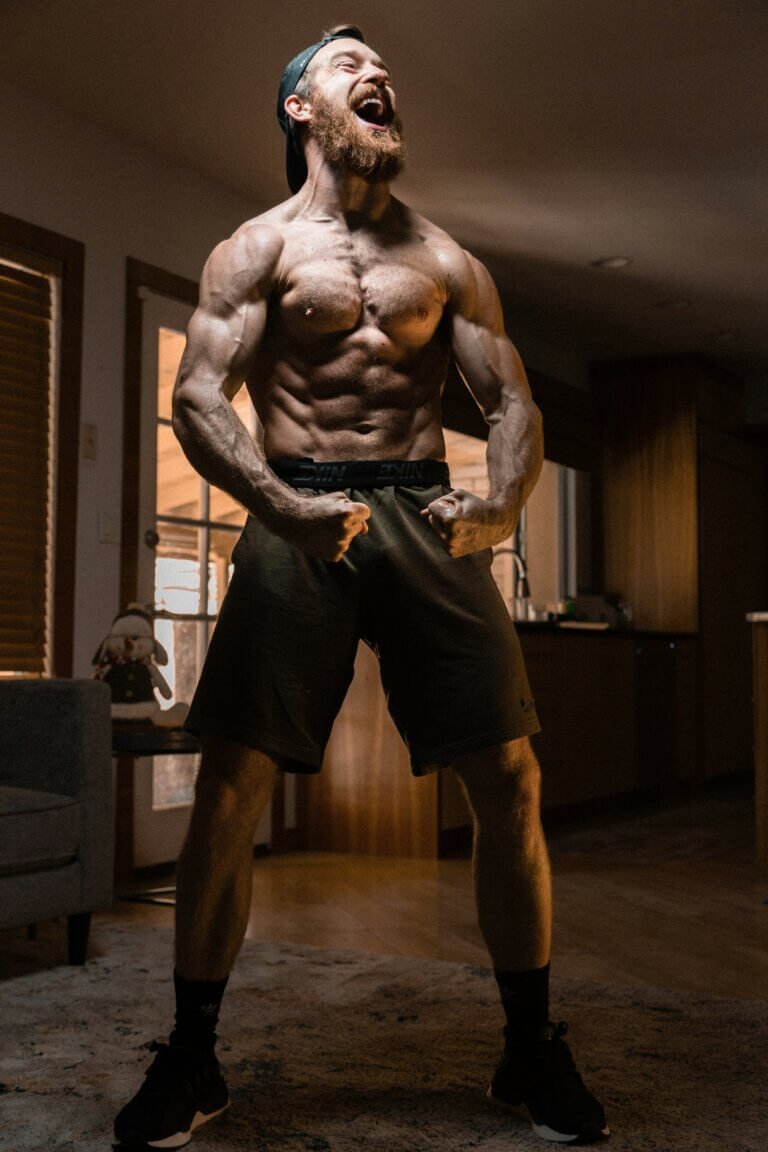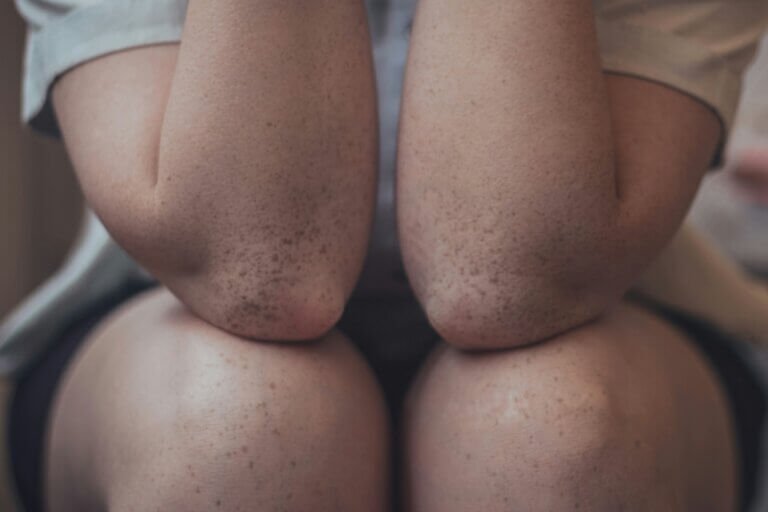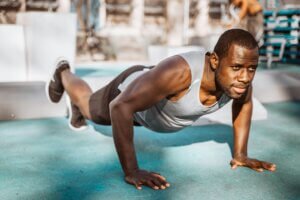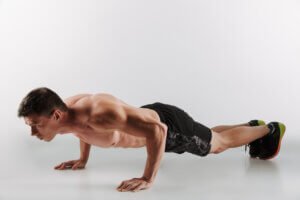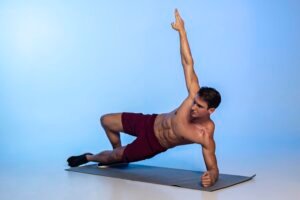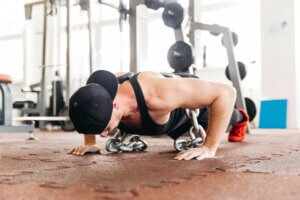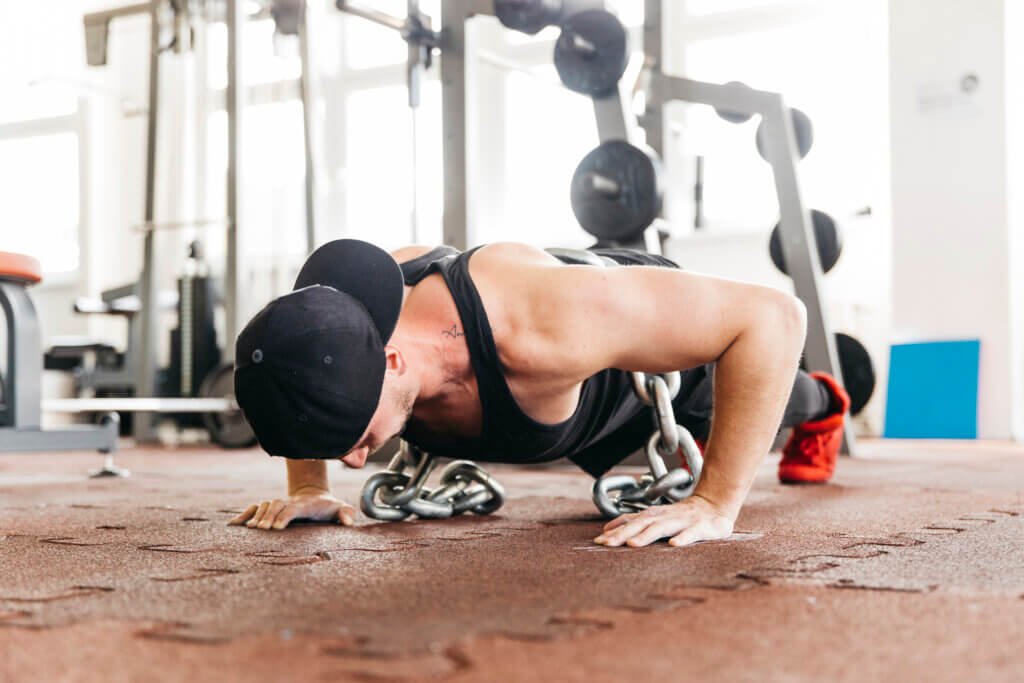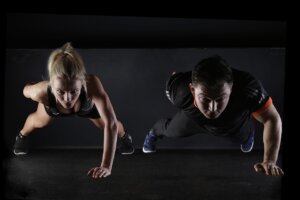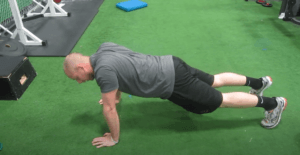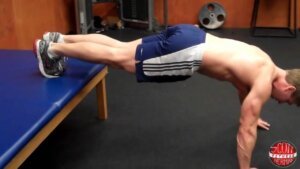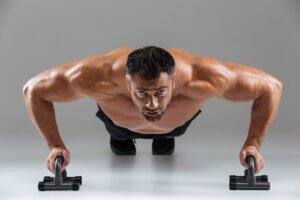
Pushups are a cornerstone of upper body workouts, with their ability to target the chest, triceps, and shoulders. But what if you’re starting, have limited space, or aim to refine your form? Wall pushups can be an excellent starting point, transitioning you from regular pushups and providing a gentle approach for beginners. Here, we explore a suite of wall pushup variations to challenge and strengthen different muscle groups while ensuring you’re using the correct techniques.
So grab a clear wall space, and let’s push our fitness to new heights, literally.
Introduction
Wall pushups are an excellent introduction to bodyweight resistance training. They’re perfect for those looking to build up to traditional floor pushups. Despite their simplicity, wall pushups engage a broad spectrum of upper body muscles, including the pectorals, deltoids, and triceps. Moreover, they can be easily modified to target different areas and are a perfect addition to any home or gym workout routine.
Basic Wall Pushup
Technique
Before we dive into the various wall pushup variations, let’s ensure we have the basic technique down:
- Stand facing a wall at arm’s length.
- Position your hands on the wall with a slightly wider grip than shoulder-width apart.
Benefits of Wall Pushups
If you’re new to fitness or nursing an injury, wall pushups can be a safer way to build strength.
They also provide a seamless transition to floor-based pushups, enabling you to concentrate on form and muscle activation. As you grow stronger, you can gradually move away from the wall, increasing the angle and challenge.
Wall pushups are also ideal for individuals with limited space or equipment, making them a versatile exercise option.
Muscles Used in Wall Pushups
The primary muscles engaged in wall pushups are the chest muscles (pectoralis major and pectoralis minor), the front shoulders (anterior deltoids), and the tricep muscles.
Ancillary muscles such as the upper back, rotator cuff, and core are engaged to provide stability and control throughout the exercise. By targeting multiple muscle groups, wall pushups can help build overall upper-body strength and coordination.
Are Wall Pushups Easier?
Compared to traditional pushups, wall pushups provide less resistance. As such, they are generally easier and a good starting point for beginners to build strength and technique gradually.
Their vertical stance also makes them ideal for those who can’t support their full body weight, such as seniors. However, as you progress and modify the variations, wall pushups can become equally challenging and effective for building upper body strength.
How to Do a Wall Pushup
Stand facing a wall, approximately arm’s length away. Place your hands on the wall at shoulder height or slightly wider.
Keep your body straight from head to heels. Shift your body towards the wall, flexing your elbows to bring your chest closer to the wall.
As you return to the starting position, ensure not to fully extend your elbows, maintaining a controlled and continuous motion. Repeat.
Explore more: This 50 Pushup Challenge Will Transform Your Body in 30 Days
10 Wall Pushup Variations
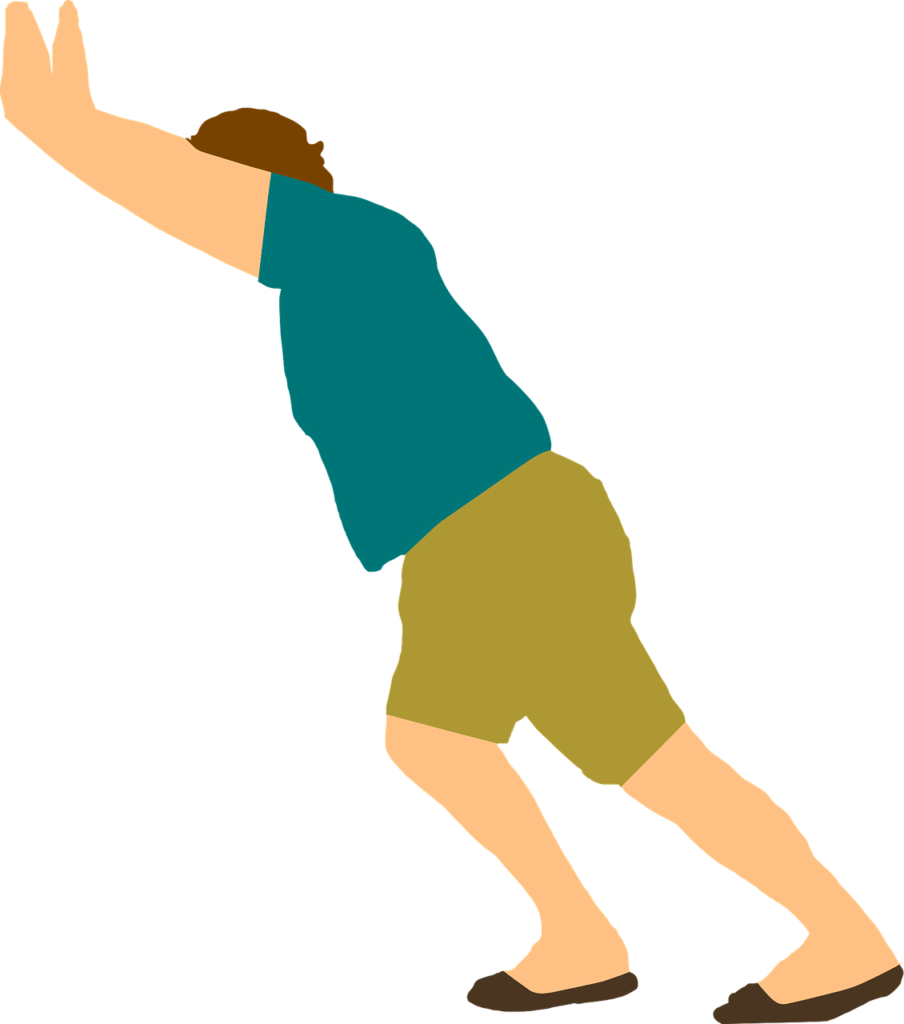
Traditional Wall Pushup
Proper Form and Technique·
- Stand in front of a wall with your feet positioned shoulder-width apart.
- Position your hands on the wall at shoulder level
- Maintain a straight line from your head to your heels in your body position.
- Bend or Flex your elbows to bring your chest closer to the wall Push yourself back to the starting position.
- This is the foundation of the wall pushup. It ensures that beginners start correctly, with good form and gradual progression.
Wide Wall Pushup
Targeting the Chest Muscles·
- Position your hands wider than shoulder-width apart·
- This places greater emphasis on the outer chest and shoulders.
- Bend your elbows, leaning towards the wall, then push back to the starting position.
- This variation is exceptional for developing a wider chest.
Explore more: Wide Pushups: Benefits, How to, and Variations
Close Wall Pushup
Emphasizing Triceps Engagement:
- Place your hands closer together than shoulder-width.
- This concentrates the work on your triceps.
- Elbows point back as you lower your chest toward the wall.
- Push back explosively through your triceps to return to the start
- position.
- Close wall pushups are great for those looking to develop ‘horseshoe’ triceps.
Incline Wall Pushup
- Increasing Difficulty and Targeting Upper Chest
- Perform a pushup with your feet a few feet away from the base of the wall.
- This moves the focus up the chest and shoulders, providing a more challenging angle.
- Maintain a straight body line as you bend your elbows and lean towards the wall.
- Push through your palms to lift back to the starting position.
- By increasing the angle and lowering your angle to the wall, this variation mimics the decline pushup, targeting different areas of your pectoral muscles.
Decline Wall Pushup
- Engaging Lower Chest and Shoulders
- Stand a few steps away from the wall.
- Place your hands on the wall at shoulder level or slightly lower.
- Keeping your body straight, bend your elbows and lean toward the wall.
- Push back to the starting position.
- This position challenges the lower fibers of your chest and front deltoids.
Explore More:
One-Legged Wall Pushup
- Improving Stability and Core Strength
- Perform traditional wall pushups with one foot raised or crossed over the other leg.
- This requires additional core and stabilizer muscles to engage.
- Switch legs every 5-10 reps to maintain balance muscle development.
- One-legged wall pushups are an excellent way to challenge core stability and begin introducing balance challenges to the exercise.
Spiderman Wall Pushup
- Working Obliques and Shoulders
- Perform a traditional wall pushup, then bring one knee up and out toward your elbow.
- This motion crosses your body and engages the obliques and shoulders.
- Go back to the initial position and repeat the exercise on the opposite side.
- Spiderman wall pushups are a dynamic way to work your core and shoulders together.
Pike Wall Pushup
Engaging Shoulders and Upper Back·
- Stand facing the wall and place your hands on the wall at the shoulder height.
- Walk your feet back until they are directly under your hips, so your body forms a pike or downward dog position.
- Your body should form an inverted “V.”·
- Bend your elbows to lower your head toward the wall, then push back up.
- This variation works your deltoids and upper back muscles.
Handstand Wall Pushup
- Advanced Variation for Shoulder and Core Strength
- Start with your back to the wall at arm’s length.
- Kick up onto the wall so that your body forms an L-shape.
- Lower your head toward the wall, then push back up.
- Handstand pushups are an advanced move that requires considerable upper body and core strength.
Clap Wall Pushup
- Adding Explosiveness and Power to the Exercise
- Perform a traditional wall pushup, but with enough force that the body comes off the wall.
- Clap your hands together in mid-air, then catch yourself on the wall. Push back up to the starting position.
- Clap pushups add a plyometric element to the exercise, increasing power and explosiveness. They are also an excellent way to develop shoulder stability.
Conclusion
The versatility of wall pushup variations makes them a stand-out exercise to include in your home or gym routine. Each variation can be tailored to your current fitness level and goals, from building chest strength to engaging your core and delts. Remember that quality trumps quantity, and focus on maintaining proper form throughout. As you become more confident, incorporate higher reps or sets, adjust your body positioning, and move towards the floor for a more ground-breaking challenge.
Frequently Asked Questions
Are Wall Pushups Actually Effective?
Yes, they can be highly effective in building strength, especially for beginners. You can gradually increase the difficulty by adjusting your position and form.
How Many Wall Pushups a Day?
This depends on your fitness level and goals. As a beginner, start with a number you can comfortably do with good form, aiming to increase reps gradually as you get stronger.
Can Wall Pushups Increase Chest Size?
Yes, by consistently challenging and progressively overloading your muscles, wall pushups can contribute to increased chest size and definition.
How Do You Do Wall Pushups?
Stand facing a wall, and place your hands on the wall at shoulder level. width, lean your body forward, then push back to the starting position. Engage your core and maintain a straight body line throughout the movement.
